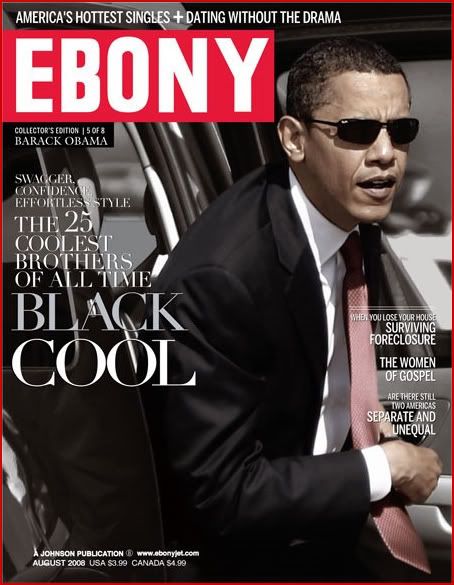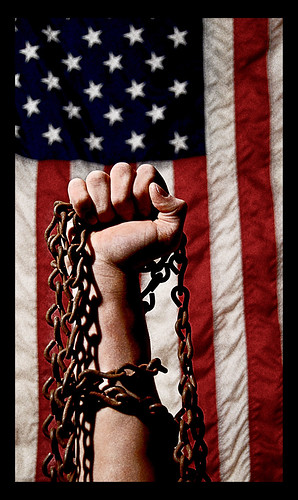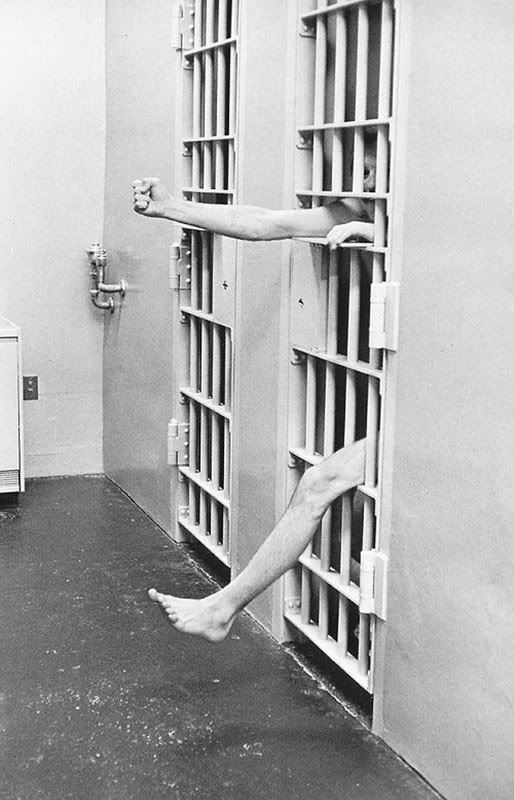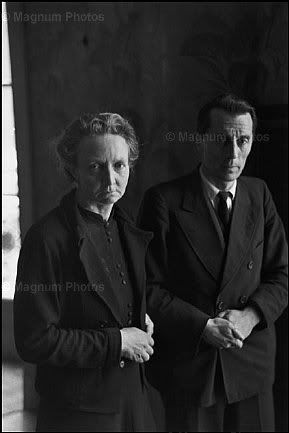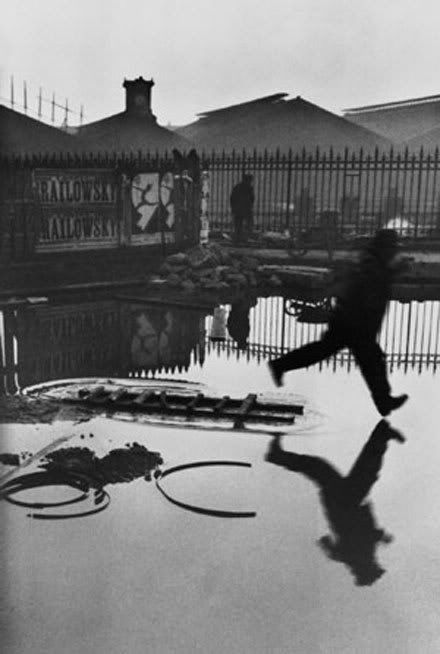The comparisons between these two talented photographers are very clear. Both men explored new techniques technically to create a form of images people have never seen before.
Luid Marden explored revolutionary underwater color photography techniques as well as the use of Kodachrome in small 35mm cameras. The idea of accessible color photography was still new, however, Marden pioneered the technique with National Geographic and soon it became the standard.
The comparison is easily drawn to Alejandro Chaskielberg, a young photographer from Argentina. Though his new techniques stand in contrast with Marden’s as they are essentially making the photographic experience more complicated and larger in scale. They type of shot that Chaskeielberg produces has rarely been seen before. Through the use of layered flashes and what appear to be various layers of focus, (whether this is HDR I cant tell for sure, but I don’t think it is) Chaskielberg creates stunning, intimate, and almost studio quality photographs on the fly.
Though the nature of the pictures that both these talented photographers took vary greatly. Chaskielberg seems to prefer photojournalistic shots of people and action and Marden was more of a landscape photographer who routinely shot pictures of still life’s and inanimate objects, both men offered the world very exciting photographs.
The first photograph shown is by Alejandro. It makes extremely effective use of selective lighting, blurring and even de-saturation to draw the viewer’s eye directly to the subject. Examined closely you can even see that there appears to be various layers of focus. In other words the leaves in the foreground are in focus, then those behind them become blurred, however, then again as the eye goes further back and lands on the girl she is again in focus. One way he may have accomplished this is shooting the image with around a 22f stop then selectively blurring in post processing. It also may be a technique similar to HDR where this is actually a composite of several images.
The bottom image belongs to Marden. While it uses less technical and complicated photographic techniques the similarity between the two shots is very intresting. Marden also seems to shoot at a higher aperture setting (probably 8). This way he keeps the entire scene in focus instead of just one man. The foreground of leaves, like in the former shot, help establish the scene and create depth and transitively space. Also though it may not seem impressive now, Marden was one of the first to use a 35mm Kodachrome. In essence if he did not use this type of camera and instead chose the standard large format camera on a tripod etc. He may have made his subjects more aware of him and ultimately may not have captured the shot.
Both men engaged in exciting new techniques, which are beneficial to the photograph. 35mm color photography caught on like wildfire, however, the advanced flash and exposure techniques that Chaskielberg engages in are less accessible and as such may be less likely to grow in popularity. However, both revolutionary ideas are what define these two men as the great photographers they are.
